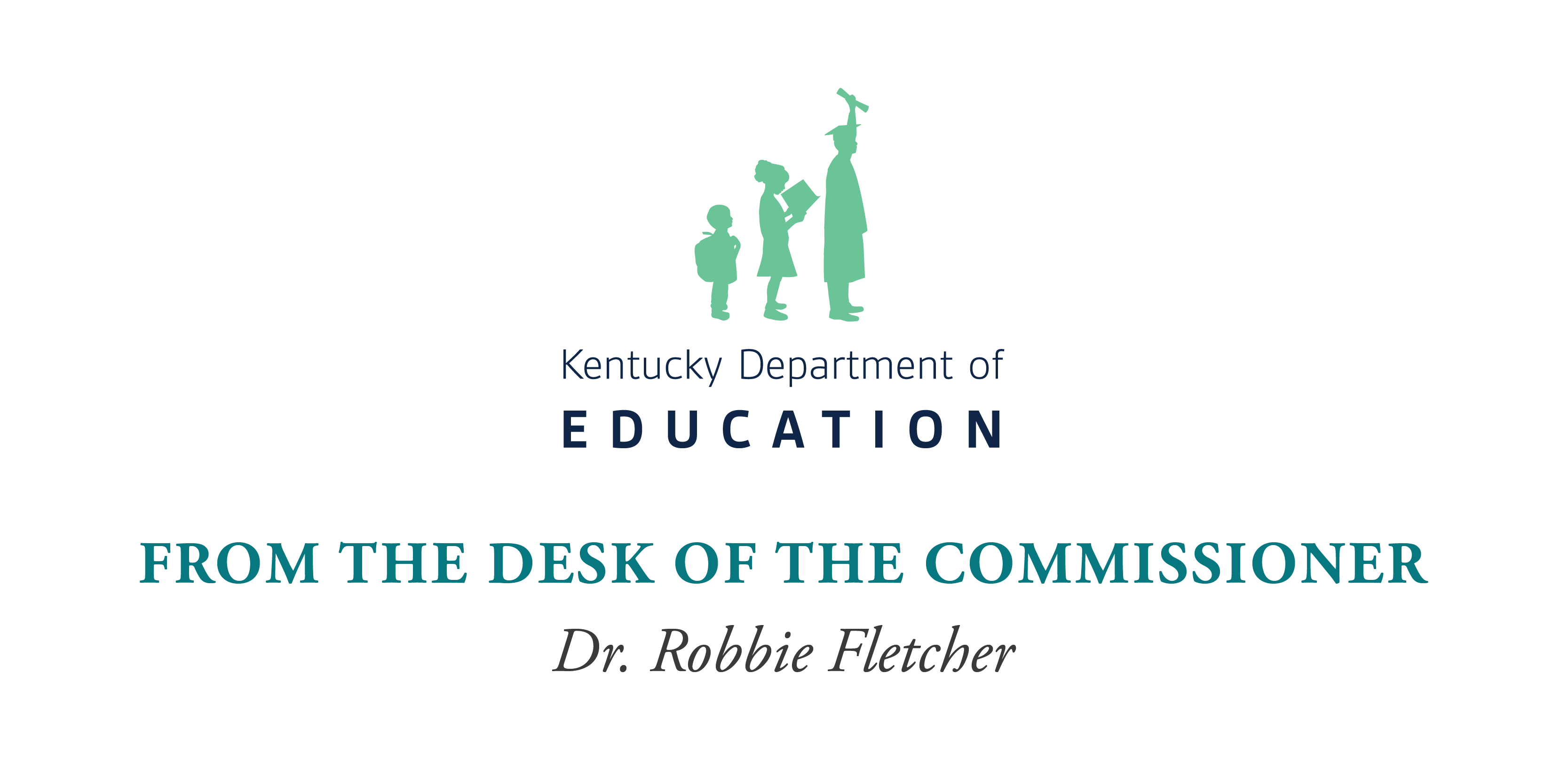From the Prichard Committee
Teachers from school districts across Kentucky shared what they see as revolutionary new teaching strategies and lessons that will strengthen what students know in mathematics and language arts. What started as a pilot program in nine school districts will soon spread across the state – and to other states as well.
An audience of 225 state education department officials, policymakers, college professors and leaders of statewide education organizations got a first-hand look at the new wave of classroom teaching and learning strategies recently at a showcase in Louisville.
Funded by the Bill and Melinda Gates Foundation and organized by the Prichard Committee, the event emphasized an approach to mathematics that puts students in the center of problem solving and language arts assignments designed to require deeper thinking and stronger writing in English, science and social studies classes.
Participants worked multi-step mathematics puzzles, looked through student writing samples, and asked questions to dozens of teachers who have been using new approaches.
“We want to show state leaders what this looks like in the most vivid way possible,” said Susan Perkins Weston, a Prichard Committee consultant who is overseeing the work of the Mathematics Design Collaborative group and the Literacy Design Collaborative in Kentucky. Nine school districts across the state are involved in the project, with three of the districts involved in both projects.
Teachers explained how the mathematics program focuses on building student understanding of mathematics concepts by working through problems, rather than memorizing formulas and plugging them into a page of workbook problems.
“This empowers students to own the work – they think and do the work themselves, building their understanding as they go forward,” explained Jenny Barrett, a middle and high school mathematics consultant for the Kenton County school district. She said the district has seen an increase in students’ ability to “reason and think mathematically” through the new approach to mathematics.
Meanwhile, districts in the Literacy Design Collaborative have worked to create “template tasks,” or writing prompts that will propel students into deeper thinking and explanation of concepts in science and social studies while building their language arts skills.
Brian Toy, a science teacher at Lafayette High School (Fayette County), said the writing tasks developed this year push students to read analytically, synthesize ideas from multiple articles and connect that kind of learning to what they’ve picked up from classroom lectures or labs. He said the more challenging tasks will better prepare high school students for college and careers.
“I’m excited to use this because I can see how to use writing to improve content knowledge,” added Robin Reid, a social studies teacher at Lafayette High.
Kentucky Education Commissioner Terry Holliday, who sat in on showcase sessions, said the project is encouraging. “I got excited because it’s about the learning, not the test scores,” he said. “The question is how to get this to every teacher in Kentucky.”
A recent grant from the Gates Foundation to the state education department will lead to the literacy and mathematics approaches being spread statewide through regional leadership networks created to familiarize teachers and school leaders with the new Common Core Standards. In the coming school year, tools and approaches from the Gates-funded mathematics and literacy programs will become a focus of the state’s networks.
Weston said that the showcase provided a way to build a strong understanding about the program as it moves beyond pilot districts both in Kentucky and in several districts in other states.
“This work is going to make a difference across the state and nation,” said Stu Silberman, the Fayette County superintendent who is retiring and will become executive director of the Prichard Committee in September.
Educators from Colorado, Georgia, Florida and Louisiana attended the Louisville session to gather ideas as they start similar work. Representatives of national organizations and foundations working with Gates on spreading the approach were also among the 40 out-of-state attendees.
Holliday added, “This is focused on college- and career-readiness, and the answer to the question every teacher has about getting there: ‘How?’”




Leave A Comment